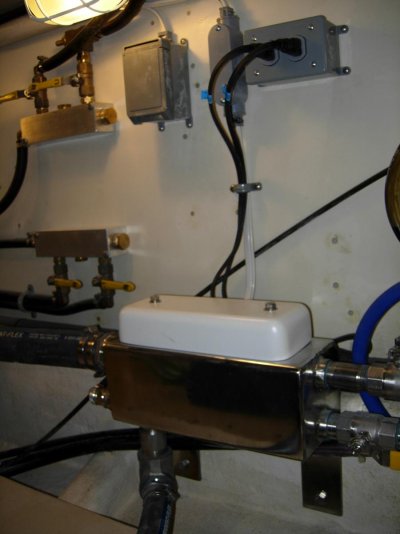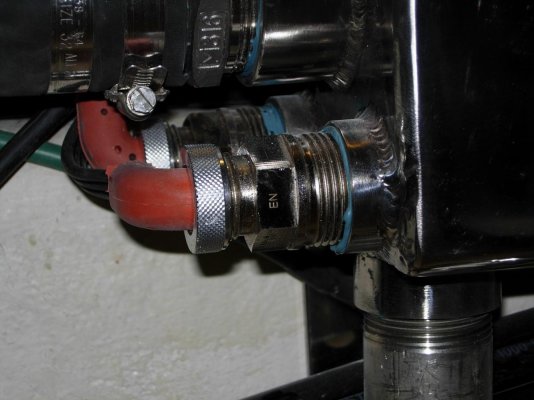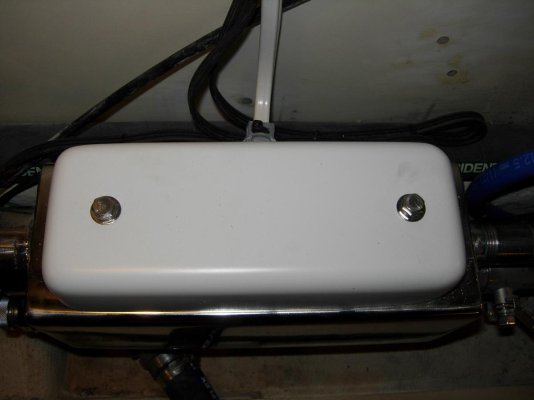The following probably isn't relevant to the discussion of load banks, but if you got this far, you might be interested in the following study that Victron did on a dozen or so marine gensets. I suspect that the study was done to promote hybrid generators which use a battery bank and inverter to keep the genset loaded and reduce running time.
Here is the study-
https://www.victronenergy.com/upload/documents/VE_Marine_generator_test_RVA_07-jan-2008.pdf
Anyway the study has lots of interesting (well at least to us gearheads) data. The most interesting is the absolute efficiency chart: energy (diesel) in vs energy (electric power) out. For a typical 7KW generator it starts at about 12% for 1 KW produced and peaks at about 25% at 5 KW. A smaller Fischer Panda 4KW generator starts at 15% at 1KW and peaks at 24% at 3KW.
The conclusion is keeping the load at 50% or more of is best for efficiency. Not coincedently that is where you should run your genset to avoid low load problems.
With regard to the last statement, I know that many posters here have no problem with low loading. But I am reminded of a conversation with the manager of Bayshore Marine in Annapolis after he installed a new Northern Lights genset in our boat. He said that they have a good business overhauling gensets that spend the winter in the Caribbean running the genset 24/7. At night with the light cycling A/C producing little load it glazes the cylinders and causes oil consumption. The fix is easy- pull the head and piston and hone the cylinder, but costs a bunch for the removal, disassembly and reinstallation.
His advice was to keep it loaded to 50% or better.
Where is all that efficiency losse going- exhaust heat, conduction/radiation from the block, cooling water losses and generator losses. They all add up. As I recall from my college thermo class the Otto cycle (the one diesels use) has a theoretical maximum efficiency of about 40%. Very low speed marine diesels approach that maximum.
David

 Even put a very large anode in the box to prevent electrolysis. In testing, it worked extremely well.
Even put a very large anode in the box to prevent electrolysis. In testing, it worked extremely well. 



